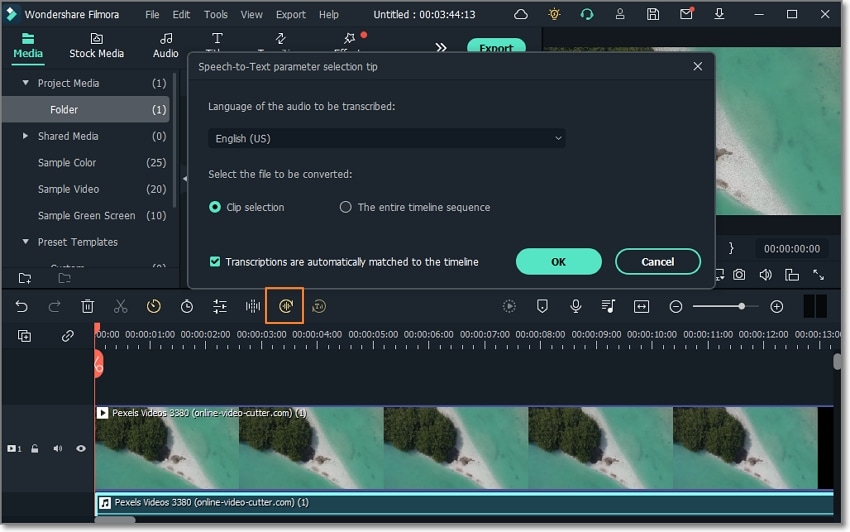
If you'd like a complete soup-to-nuts walkthrough of the Azure Cognitive Services text-to-speech feature, I encourage you to check out my Pluralsight course, which covers everything you need to know about getting up and running with text-to-speech. This will cycle through various options and allow you to test out what each voice sounds like. To pick a different voice or audio output, use PowerShell's parameter tab completion feature once you've typed the parameter -VoiceAgent or -AudioOutput by hitting the space key, and then begin hitting the tab key. This is a bare-bones example that allows you to test out various voices. I am an option for a neural voice.'ĪudioOutput = 'audio-16khz-128kbitrate-mono-mp3' MP3 file in your default audio player and play it. MP3 file with the specified audio format. Below is an example of an API call that converts the text in the Text parameter that will be voiced with the GuyNeural voice, which will then create an. To quickly test out the service, you only need to run ConvertTo-Speech once using a few parameters. This command takes care of nearly all of the hard parts of getting accustomed to working with text-to-speech like getting an access token and crafting the SSML. Next, you'll use the ConvertTo-Speech command. If a list of available voices is returned, you're good to go! If not, ensure the API key is correct in your configuration.json file. First, to ensure your key is correct, run Get-VoiceAgent. Once you've got the AzTextToSpeech module setup, you're now ready to begin testing the text-to-speech API. 1 Answer Sorted by: 3 The currently support format is single-channel (mono) WAV / PCM with a sampling rate of 16 kHz. Head over to GitHub for a quick Getting Started guide. Once you've got the PowerShell module installed, open up configuration.json in the C:Files.json and input your specific Azure Cognitive Services account attributes inside.
#AZURE SPEECH TO TEXT AUDIO FORMAT INSTALL#
Then, you'll need to install the AzTextToSpeech module using Install-Module AzTextToSpeech.

#AZURE SPEECH TO TEXT AUDIO FORMAT WINDOWS#
You'll also need to be on Windows and have a PowerShell console set up as administrator. If you'd like to follow along with the rest of the article, you'll first need to create an Azure Cognitive Services account. As a non-developer trying to learn text-to-speech, I've built a PowerShell module that helps understand the REST API and what kinds of voices you can use. If you're a developer needing to integrate text-to-speech into an application, you're probably going to use one of the language SDKs. Creating a Custom Voice Font with Azure Cognitive Services.Converting Text to Speech with Azure Cognitive Services and PowerShell.

Managing Azure Cognitive Service Accounts with PowerShell.


 0 kommentar(er)
0 kommentar(er)
